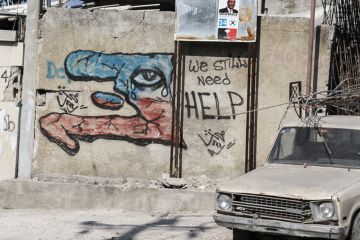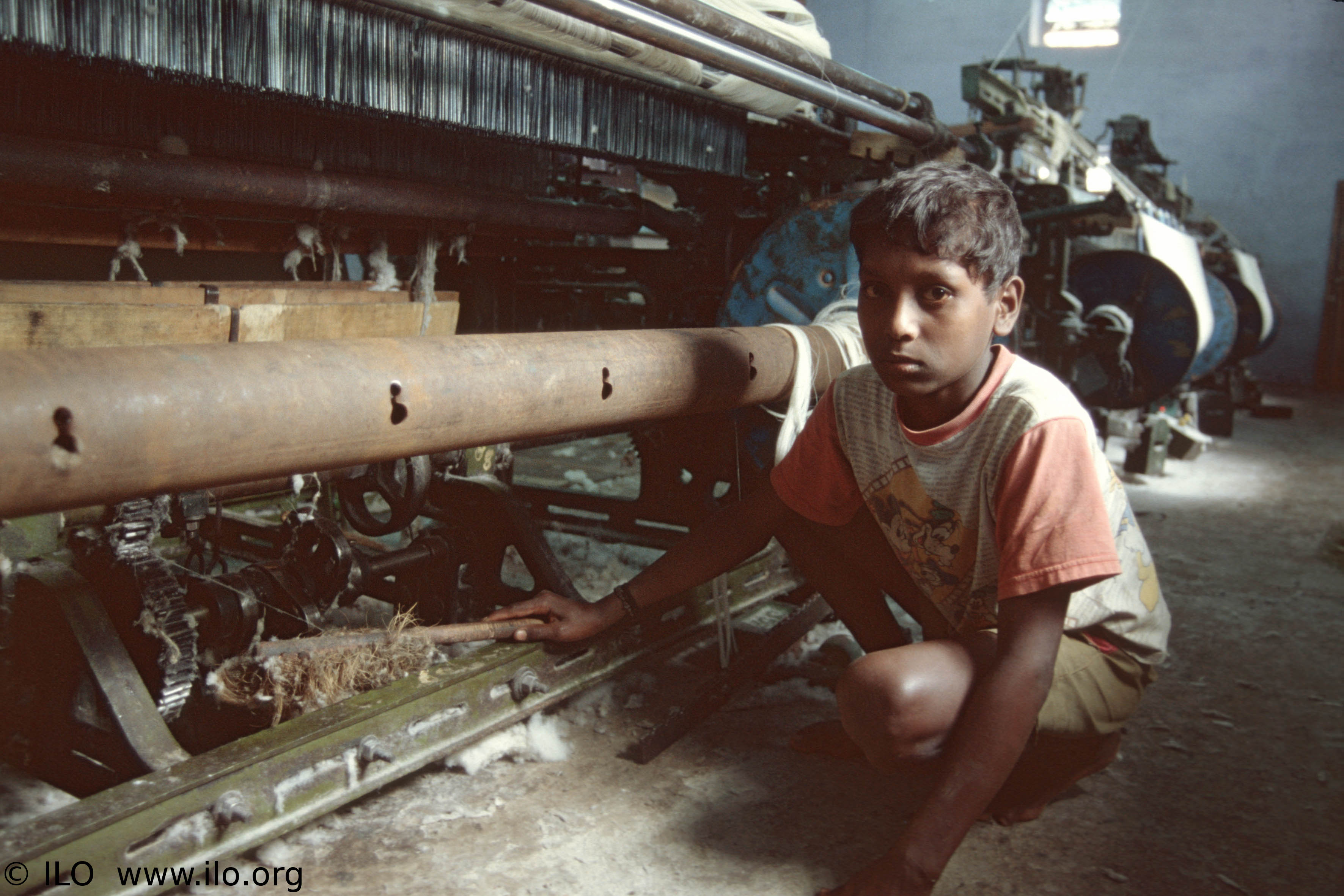In a country with rising domestic violence rates, Afghanistan’s culture has grown accustomed to being spoken of and understood in violently misogynistic frames. Women are more than ever at risk of becoming victims of domestic violence, whether at the hands of their husbands or fathers. There are severe cases, such as Zahra’s, where after refusing to turn over her gold to her abusive husband, he proceeded to beat her into unconsciousness and then cut off her nose and lips. Innumerable other cases are very similar to that of Zahra’s, which more often than not rise out of underage forced marriages. The commonality of these incidents has taken out the surprise factor within Afghan communities and although rage continues to be a response to these crimes, it hasn’t moved the community towards developing an organization that actively fights against domestic violence by incriminating and imprisoning the attackers at higher rates. Violence against women in Afghanistan is generally regarded as isolated cases that arise out of familial issues and bad temper, which dangerously trivializes the issue. Patriarchal sentiments that perpetuate violent characteristics among men while simultaneously repressing women are not understood as having relativity to this subject. In order to properly dissect and understand violence against women, Afghan men have to be put under the microscope and scrutinized for their so-called appropriate bursts of gendered micro aggression.
One of the most horrific cases of violence against women was that of Farkhunda’s, a 27-year-old Islamic studies student that was beaten to death by a mob of men in the March of 2015. She was received and pronounced as a martyr not only in Afghan media but also on western platforms. The world grieved for her and more specifically Afghan women because they knew Farkhunda’s fate was an outcome of the violent culture that they would continue to live in. For the first time ever, Afghan women carried the procession at a funereal because they felt that in order for Farkhunda to be placed in the ground peacefully, no other man was to touch her body or her casket.
As a woman and an Afghan, the outrage helped me heal and mourn alongside my sisters. It was a light for me amid the hectic weeks that followed her death and I felt comforted to know that pictures of her dead body were not being used in vain, and that if it was shared enough on social media platforms it would encourage the world to pay closer attention to Afghan women. Women spoke, and they yelled and cried, and we all felt connected more than ever through the brutal murder of one of our own. Afghan men felt guilt and shame, and did something out of character: they apologized and reassured women of where their moral values stood.
Out of this tragedy, women coined the phrase “I am Farkhunda” that came to represent our shared realities with that of the martyred woman’s. Her death felt all too familiar and close to home, and an indefinite threat to our very beings. We identified and stood in solidarity with Farkhunda and the phrase was shouted innumerous times through streets and boulevards within Kabul, and also in prominent Canadian cities such as Toronto, Ottawa and Montreal. However, what initially began as an empowering statement among women, found its way among male protestors, and naturally, lost its authenticity. There is nothing more disconnecting than protesting alongside men who display their empathy for a murdered woman by identifying with her reality as an Afghan woman. Farkhunda was killed by the hyper masculinity that is present in Afghanistan and that is an undeniable fact that we need to constantly acknowledge in order to get to the root of this problem. She was a victim of gendered violence; murdered by a mob of men who saw little value for her life as a woman.
As a female protester, having to tolerate male voices assertively dominate a phrase that was created to empower and unite women felt intrusive and disruptive. We need to educate ourselves on how to seek justice without using victims of violence as stepping-stones. There is a place for men within these protests to responsibly project their sympathy and sorrow for Farkhunda without trivializing her history and identity as an Afghan women. So to the men, who chanted alongside me and within other demonstrations, utilize your male privilege and understand that you are not on equal grounds as Farkhunda or the countless other Afghan women who face these realities on a daily basis. You are not Farkhunda; you are however a representation of everything that killed her.
As men, you have influential voices; the ability to be heard is something that majority of women lack within societies, so speak up. Demand justice for what happened to her, ask questions, be enraged at the fact that the Afghan appeals court acquitted the keeper of the shrine, who was the man that initiated the violent attack against her. Inquire into why out of the dozens of men who were physically violating and tutoring her in broad daylight, only four have received sentences. Is 20 years enough time away for heinous murderers? There are many questions that remain unanswered surrounding her death and the so-called justice she received, but there is no speculation that when you, as a man, chant, “I Am Farkhunda,” you are delegitimizing the movement behind the phrase.




